Michael Bennett, 2014 Super Bowl Champion and former NFL player of 11 seasons, has retired from football to tackle a new frontier: architecture. Before he played with the Dallas Cowboys, Tampa Bay Buccaneers, and Philadelphia Eagles, Bennett was a graduate of the Heritage School of Interior Design. In 2020, he founded his own design collective, Studio Kër, so it’s not altogether surprising that he’s currently working on finishing his architecture degree at the University of Hawaii. Both educations have gone on to inform his inaugural furniture exhibition, made in collaboration with the late industrial designer Imhotep Blot and presented by Marta gallery, entitled We Gotta Get Back to the Crib.
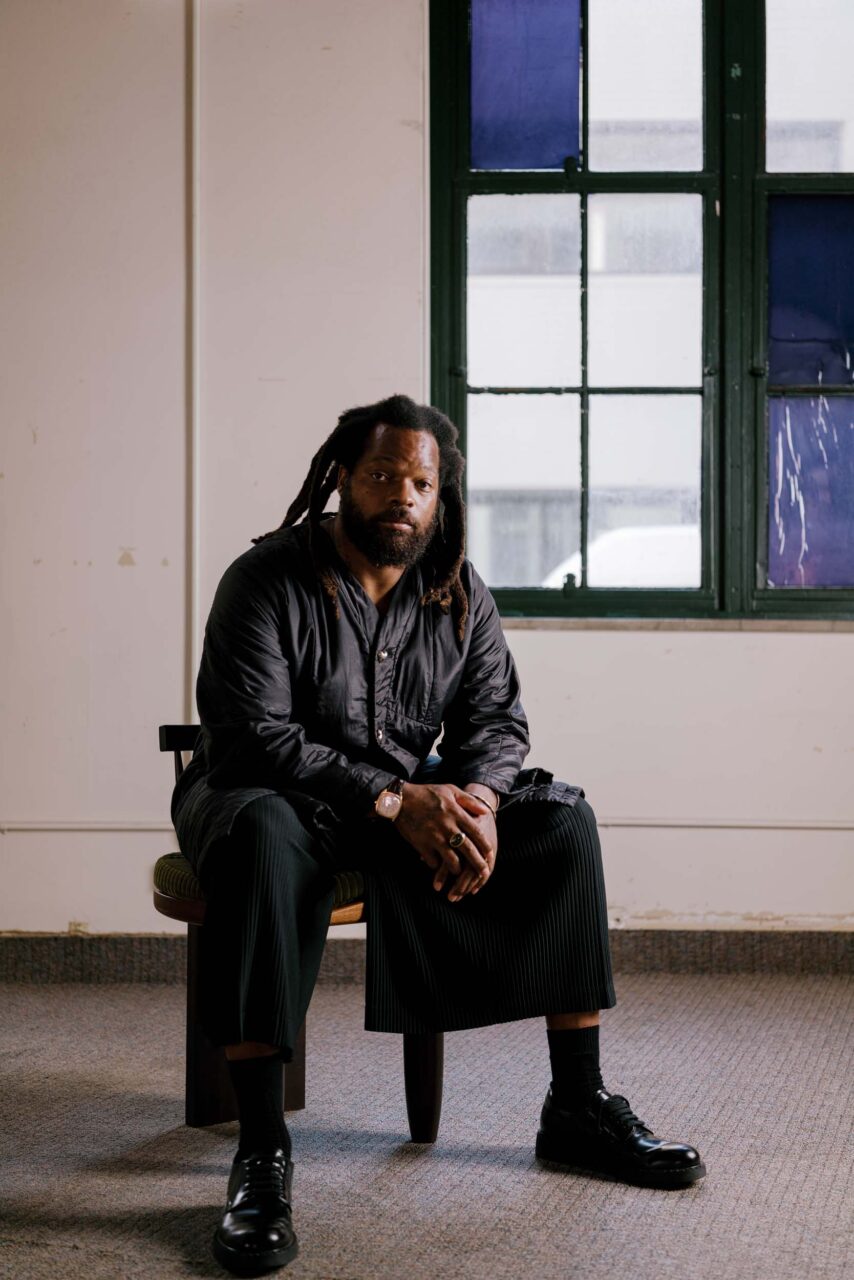

Now on view in Chicago at Rebuild Foundation’s 6 Flat, a historically Black site that was once subject to redlining and white flight, the exhibition is a furniture collection that opposes Western design traditions through its explicit exploration of African diasporic motifs. Bennett and Blot focused on the idea of communion and togetherness, hence the domestic scope of the presentation, aptly referenced in the studio’s name. (Kër translates loosely to “house” in Wolof which is spoken in Senegal.) The driving ideology behind the collection is, as Bennett told AN Interior, to come “out of the confines of the traditional gallery, taking these objects that were considered gallery style or high art and weaving them into this new cultural landscape that we grew up in and we experienced as the crib.”
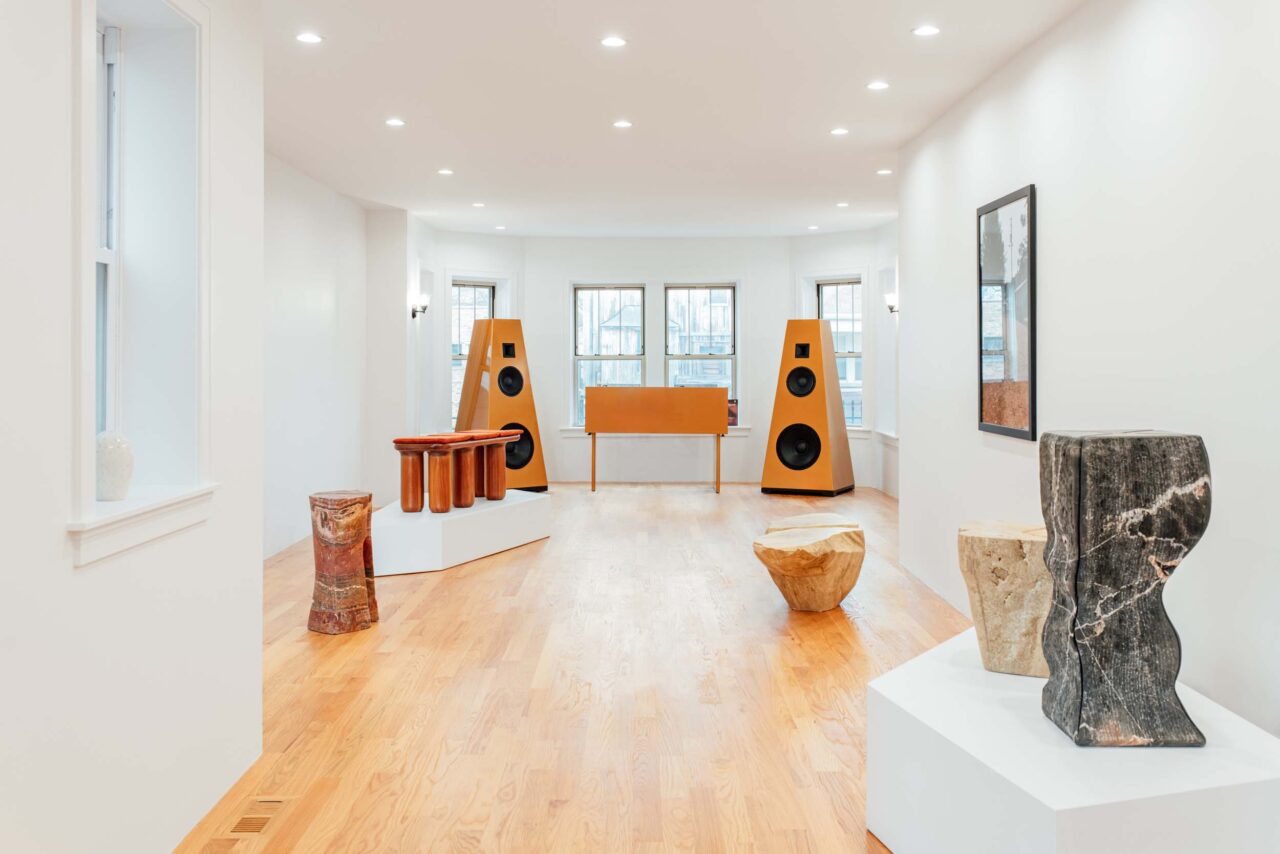
The sculptural works on display utilize regal linearity and inviting curvature where Bennett looked to architectural principles of form, scale, and repetition to inform the design. Together, form and functions engage in what Bennett describes as African diasporic langugage. Some forms are direct references to West Africa, like the geometric spines found in Paw-Paw’s Chair. Other cues adhere more specifically to African American experiences like Cape Mantle, a bench supported by sturdy, bulbous legs named after the shelf often occupied by family portraits and Bibles in Black homes. The shelf has been retooled to a new form that carries this history with it.
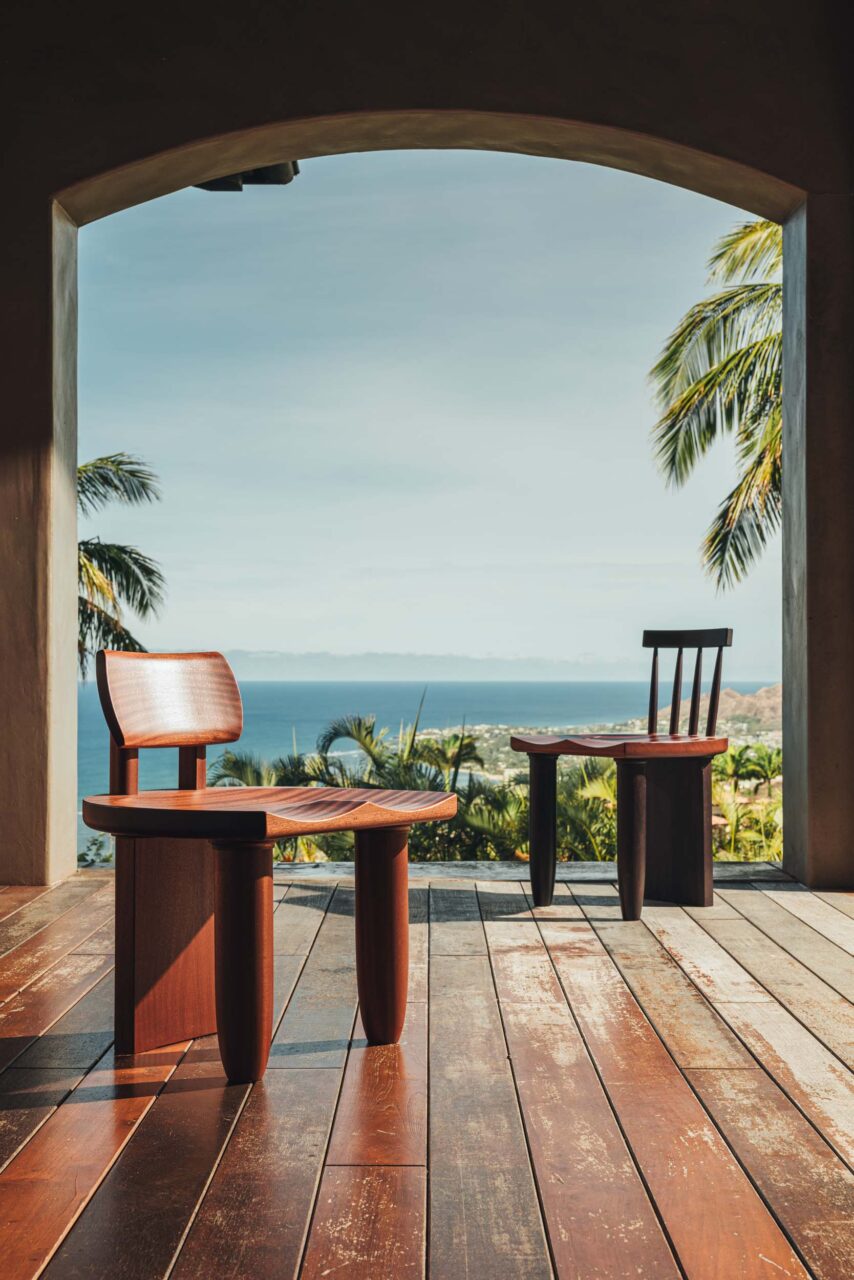
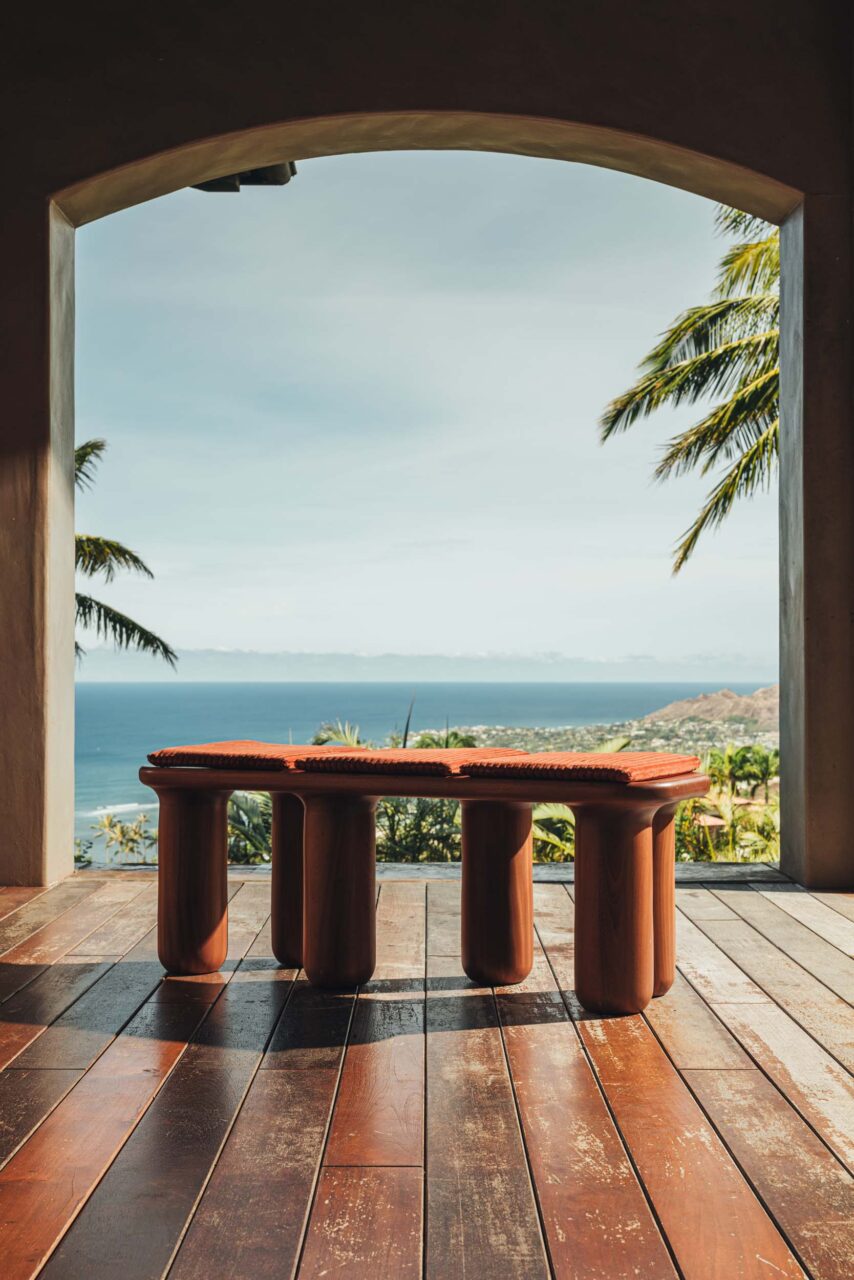
Works also have an open-ended functionality, as in the case of the Gumbo Lounge Chair, a fiberglass chair and accompanying cushion, defined by parabolic curves and inspired by the democracy and versatility of D.C. Simpson’s 1946 Monobloc Chair. Gumbo can be used traditionally as a chair with or without the cushion or they can be used apart with the cushion operating as an anthropomorphic floor seat. The multiple functionalities parallel the intersectionality of the diaspora as a whole, as well as the wealth of histories—both American and African—that Bennett draws from and puts in conversation.
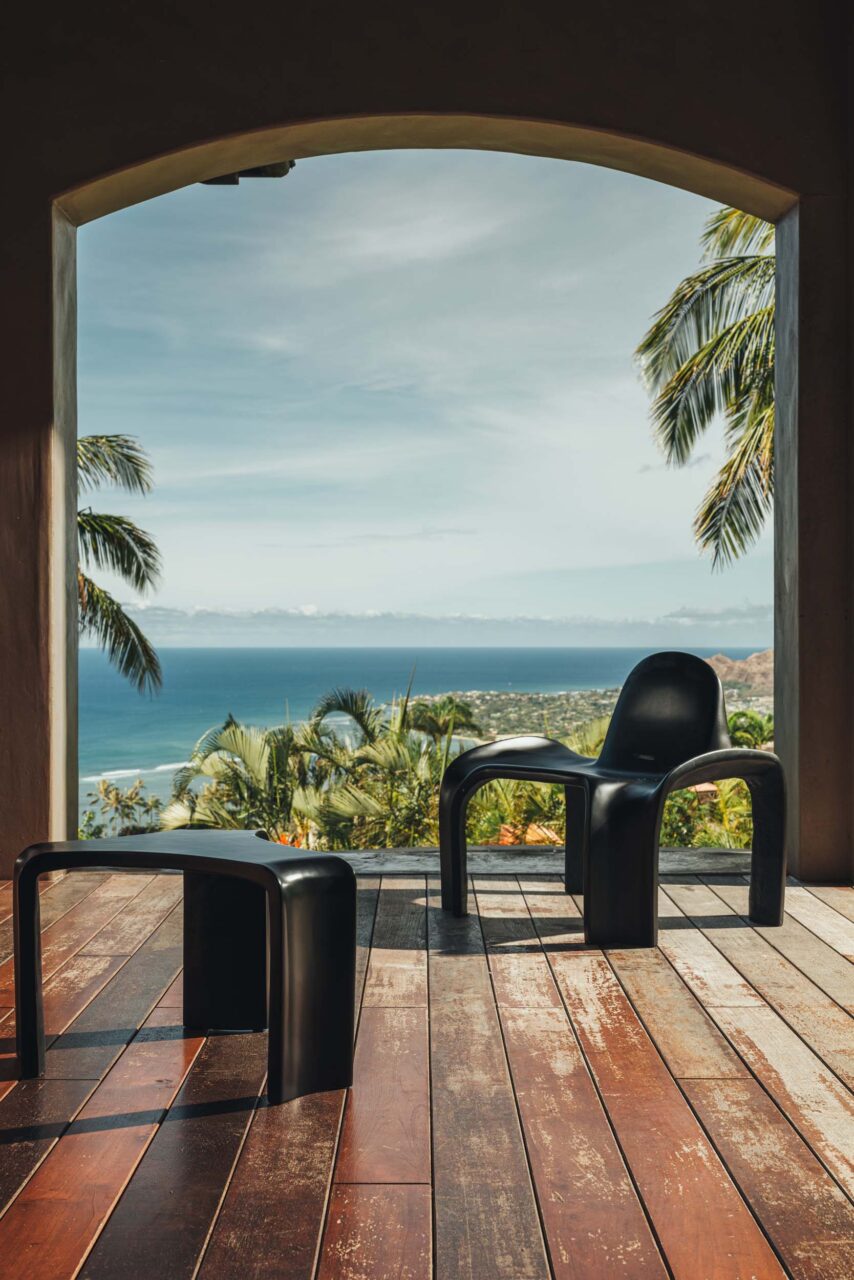
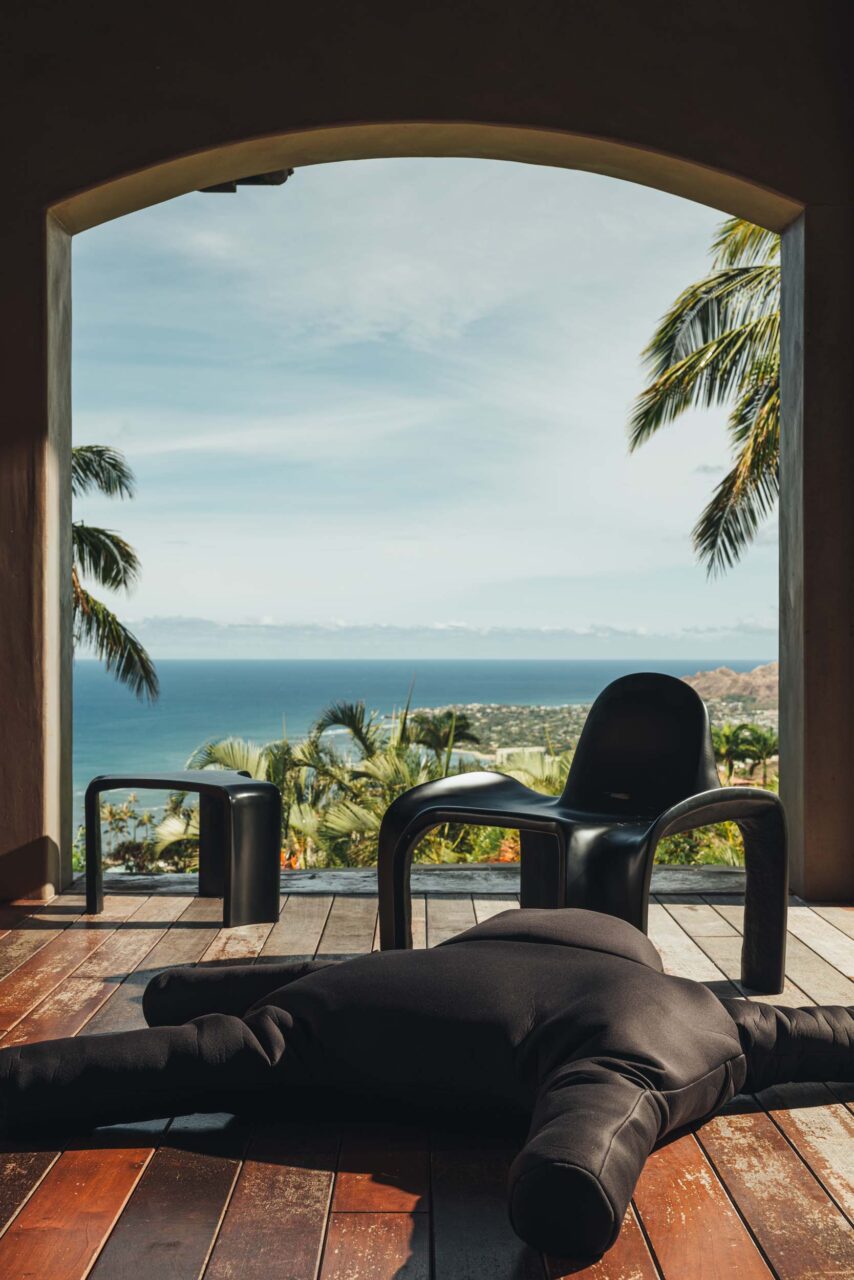
His process begins and is anchored by narrative, thinking first about what story a structure should tell. “It goes back to the Senegalese griot oral tradition where we kept our history through conversation and dialogue,” continued Bennett. “The Paw-Paw chair is the paternal story of my grandfather and the role fathers play in black homes. Mo-Mo’s Table is the story of my grandma. These items are telling stories about Black culture.”
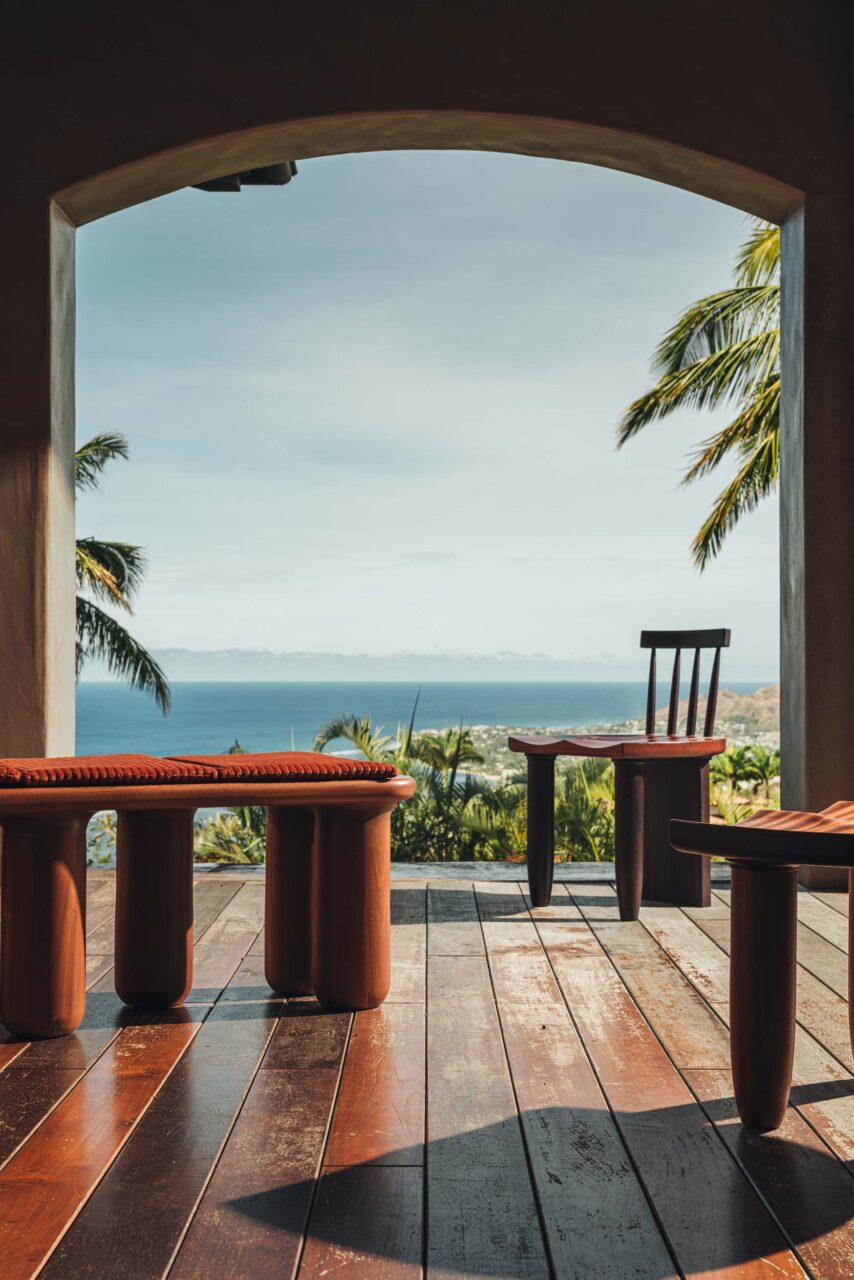
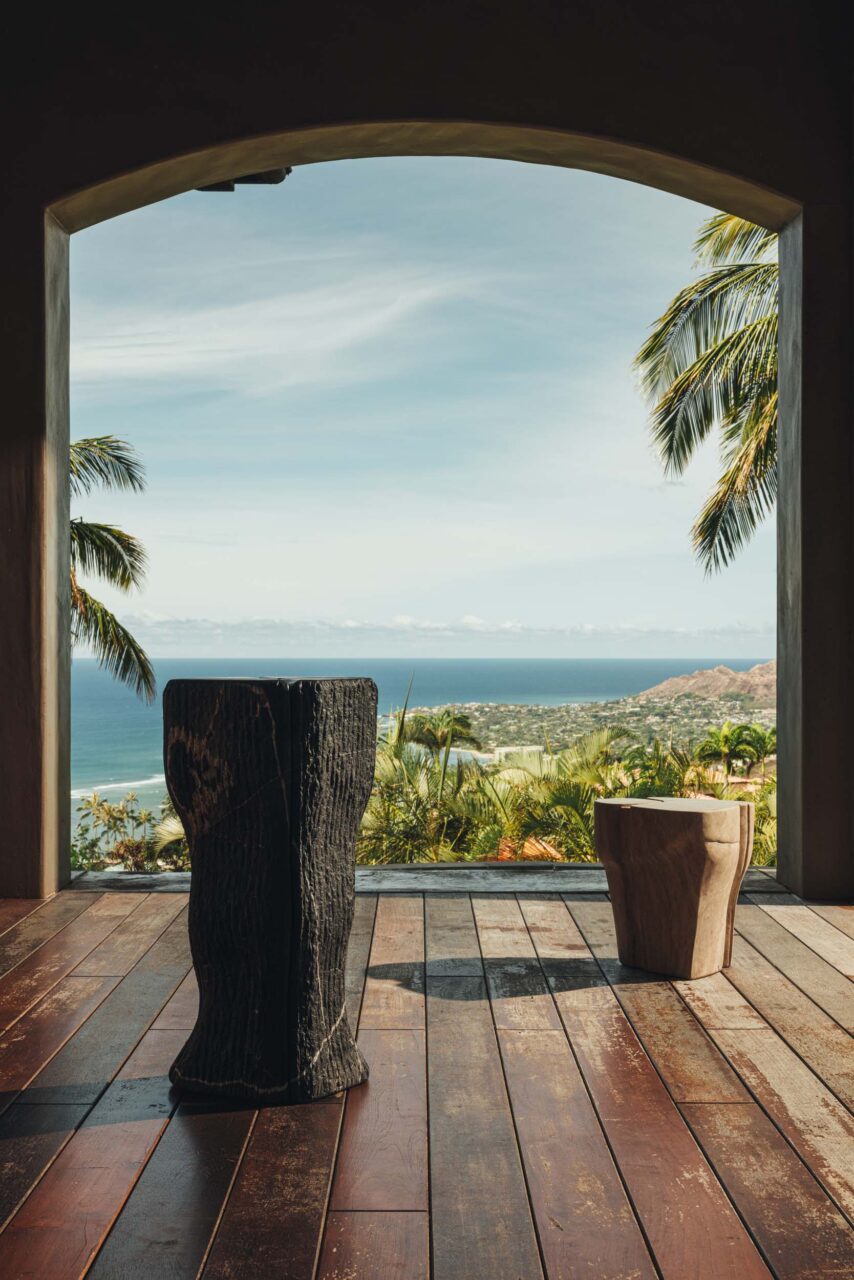
Materiality helps execute the narrative in the exhibition. The elegant yet delightfully asymmetrical Paw-Paw chair, for instance, is available in African Sapele or Argentine rosewood, giving new, contemporary form to historical and traditional materials.
“African diasporic forms are something that’s still developing,” explained Bennett. “When you look at Japanese design, you can say that’s Japanese. Developing what African diasporic languages and forms are is important so people can look at something and say, ‘Oh, well, that’s African diasporic.’ Conceptually and contextually that’s what I’m really kind of focused on.” Merging references and histories, We Gotta Get Back to the Crib is an exciting step toward cultivating the underrepresented and promising visual language.
We Gotta Get Back to the Crib is on view at 6 Flat until February 11.
